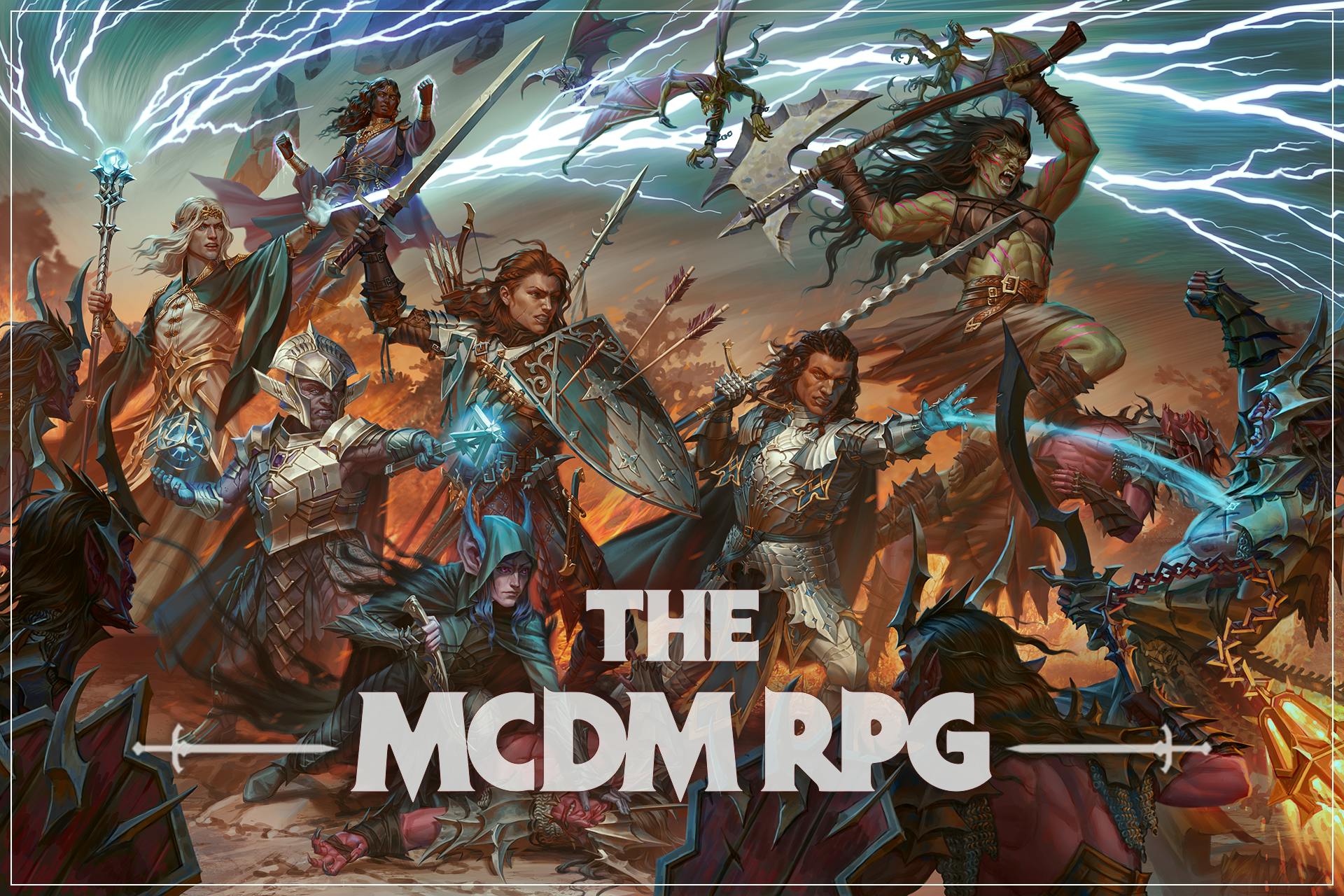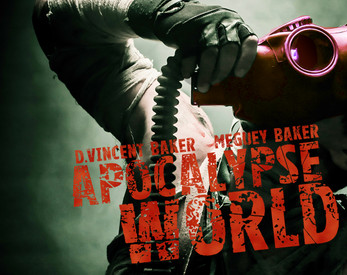Draw Steel Fantasy; Dark Fantasy; Psychological; Innovative Mechanics; Tactical Combat; Character Customization; Collaborative Worldbuilding
Draw Steel is an upcoming tabletop RPG by MCDM Productions, aiming to provide a streamlined and dynamic fantasy experience. It emphasizes player agency and exciting combat, moving away from the perceived 'slog' of traditional RPGs. The game focuses on heroic action, strategic combat, and meaningful character choices. Key features include a tiered success system, heroic resources to power abilities, and a focus on narrative-driven gameplay rather than strict simulationism.
Theme and Setting
Draw Steel situates itself within a high fantasy milieu, reminiscent of medieval European settings. The game focuses less on gritty realism and more on creating an epic, heroic atmosphere. While dungeon crawls and wilderness exploration are possible, the core theme revolves around heroes confronting monsters and tyranny. The default setting is Vasloria, a region within the world of Orden, familiar to those who have engaged with MCDM's previous works. The setting is designed to support a wide array of stories, from local heroics to grand mercenary schemes. The game seems to want to let players run a story similar to what they already run but in a more straightforward manner.
Core Mechanics and Rules
The central mechanic in Draw Steel revolves around the Power Roll, using 2d10 plus a relevant characteristic. The total determines the outcome tier: Tier 1 (11 or lower), Tier 2 (12-16), and Tier 3 (17+). These tiers dictate the degree of success or failure, influencing damage, effects, and other outcomes. A key aspect is that attacks never miss; instead, the roll determines the severity of the hit. Characters gain heroic resources during play, which can be spent to unleash powerful class-specific abilities. Combat emphasizes positioning and tactical choices, encouraging players to think strategically about their actions and how they synergize with their party. 'Edges' and 'Banes' provide bonuses or penalties to rolls, with two edges bumping you up a tier in success. There is no AC in this system and instead enemies simply have more hit points to represent their threat.
What Makes It Unique
Several elements distinguish Draw Steel from other fantasy RPGs. The attack roll IS the damage roll feature streamlines combat and eliminates wasted turns. The tiered success system ensures that actions always have an impact, avoiding complete failures. The game aims to minimize the 'slog' often associated with resource management and complex calculations. The heroic resource system allows for increasing levels of power and dynamism as a fight progresses. Negotiation is also a key feature, allowing players to interact with NPCs through stats like Patience and Interest. The flexible class design and character customization options allows players to create distinct characters, even within the same class and ancestry.
Target Audience and Player Experience
Draw Steel targets players who enjoy dynamic, action-oriented combat and narrative-focused gameplay. It aims to appeal to those seeking a streamlined experience without sacrificing strategic depth. The game's mechanics are designed to keep players engaged between turns, encouraging them to think about their next move and how it relates to their party. The ability to negotiate with certain NPCs and engage in research & crafting suggests an audience that appreciates a blend of combat and social interaction. Testers and early reviewers have noted that it has a more approachable version of typical fantasy TTRPGs.



